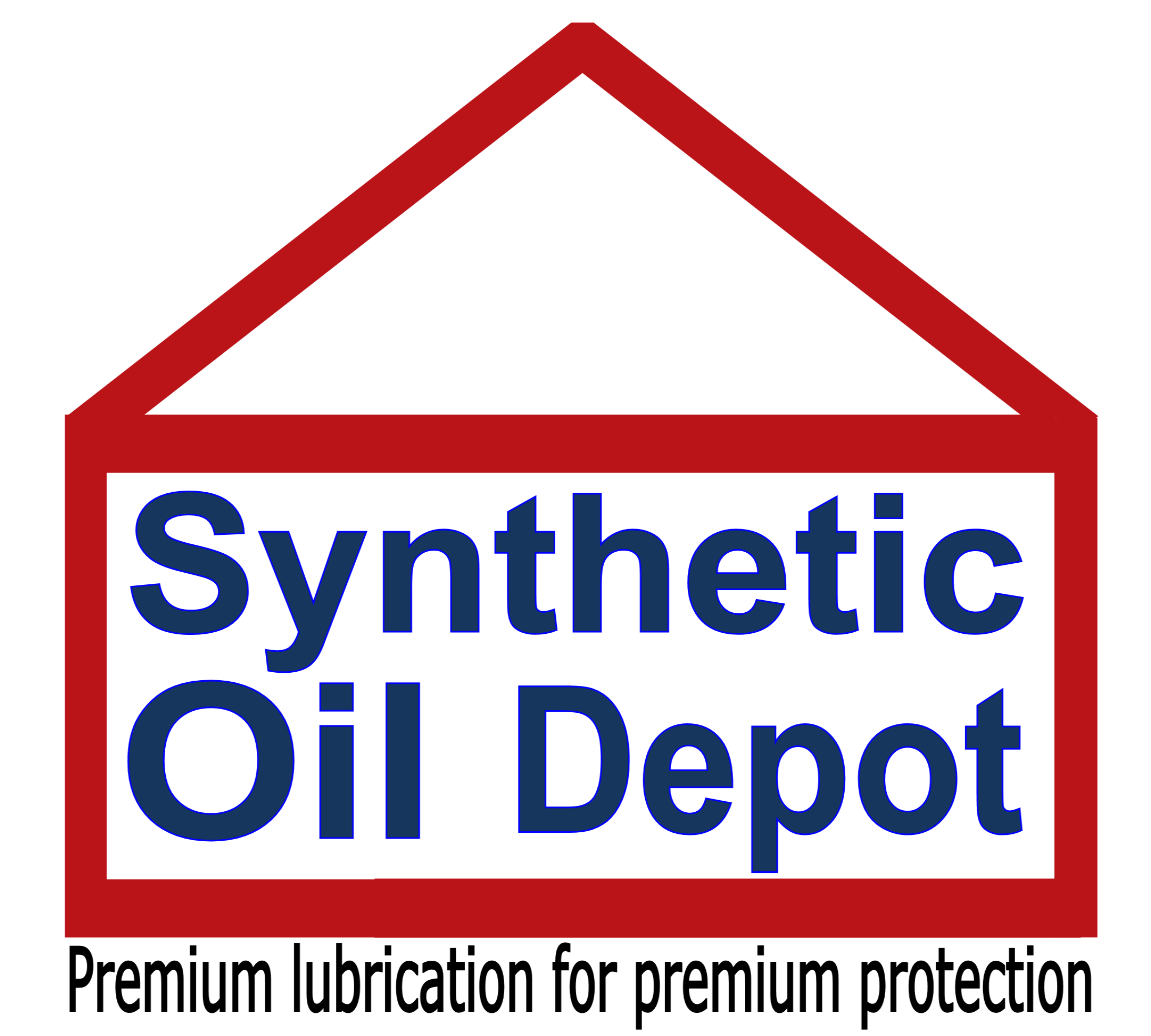Links to Part 1, Part 2 and Part 3.
How is gasoline motor oil classified?
The American Petroleum Institute (API) developed a classification system to identify oils formulated to meet the different operating requirements of gasoline and diesel engines. The API system has two general categories: S-series and C-series.

API S – Series
The API’s S-series classification system focuses on creating standards for oils with properties that are critical to modern gasoline engines. The latest Standard, SN+, focus on improving the following items from previous standards (API SM): protections for pistons from deposit, improved oxidation resistance, improved performance with emissions systems, maximizing fuel mileage, preventing LSPI or super knock.
An oil must pass a series of bench tests and engine performance tests ( API Sequence tests) to be licensed by the API and to use the API starburst.
The classifications increase in alphabetical order as the performance standards for motor oil are increased for new engine technology or when issues pop up unexpectedly. This was the case for the increase from SN to SN+ in 2017, due to LSPI damage to pistons and instituting a LSPI prevention test. Each new classification replaces the previous classification. These new classifications are “usually” backwards compatible, meaning they meet the performance requirements of previous standards and may be used in engines requiring the older standards. The new FA4 oils for newer (2017 and newer) over the road diesels is an example of a non backwards compatible oil classification.
Here is the API standard for the SN classification from the API site:
“Introduced in October 2010, designed to provide improved high temperature deposit protection for pistons, more stringent sludge control, and seal compatibility. API SN with Resource Conserving matches ILSAC GF-5 by combining API SN performance with improved fuel economy, turbocharger protection, emission control system compatibility, and protection of engines operating on ethanol-containing fuels up to E85.”
The + was added to the SN classification in 2017, at the demand of auto makers, because LSPI was such a major issue in newer engines. The + supplemental added the LSPI prevention test.
What is ILSAC
ILSAC is a committee made up of US and Japanese auto makers. They recommend oils that are API licensed for use in vehicles. This committee does not have standards for vehicles before 1993. However, the most current standard (GF-5) contains the performance properties of all prior standards and these oils are recommended for use in older engines as previously recommended.
Here is the current ILSAC standard, ILSAC GF-5.
This is the definition is from ILSAC itself. “GF-5 – Introduced in October 2010, designed to provide improved high temperature deposit protection for pistons and turbochargers, more stringent sludge control, improved fuel economy, enhanced emission control system compatibility, seal compatibility, and protection of engines operating on ethanol-containing fuels up to E85.”
You’ll notice that the API and ILSAC classifications almost are identical. Thats because the oils that ILSAC recommends are API licensed. and API standards are based on the needs of engine protection from auto makers. To answer another question, yes there are oils produced that don’t meet these standards. So you need to be careful when buying oils. API is now posting on their website the oils that are illegally using their “starburst”. Those are the oils that have not past the test to use the symbols.
Some things you should keep in mind about these standards are: They are industry minimum requirements for oils and Oil manufacturers must pay for API licensing of the oils
Resource Conserving – What does it mean?
In 2010, the API introduced a new supplemental category for motor oils called resource conserving. This replaced the Energy Conserving category, which only focused on the fuel saving properties of oils. Resource Conserving oils now include properties focused on: emissions system protection, Turbo protection, Compatibility with ethanol fuels up to E85, Along with maximizing fuel savings.
For more information on why AMSOIL Synthetic Oils are best for your vehicles, equipment and “toys” you invest in see this page.

Pingback: Is AMSOIL a Scam? See the answers to the common questions.